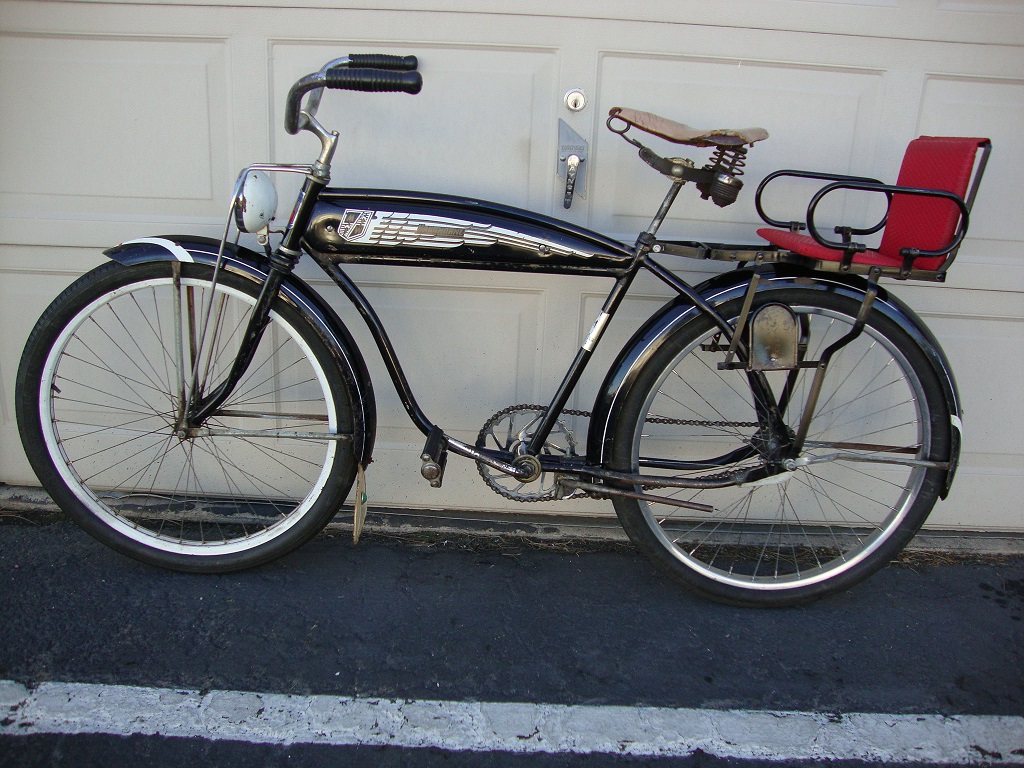
The editor of the “Ladies” page of the CTC’s Gazette, Lillias Campbell Davidson, knew from personal experience that women who learned to ride would inevitably “thirst for longer flights for the pleasure of going on and on, and never turning back” and in so doing would feel like “an explorer venturing for the first time into a new country and discovering a world for herself.” And so increasing numbers of those who had the luxury of both time and money were opting to spend a few days, weeks or even months pedaling from place to place, through landscapes-and even countries-that were previously unknown to them except through books and paintings. The club’s gazette was packed with their stories of travels at home and abroad, inspiring others to follow their example, each account illustrated with black-and-white photography or sketches. In the 1890s, the UK Cyclists’ Touring Club (CTC) membership quadrupled, with many members traveling to places they otherwise might never have reached. Cycling holidays abroad were so popular by the end of the nineteenth century that travel company Thomas Cook started offering bike tours, though more intrepid cyclists preferred to go it alone off the beaten track. Instead, during the nineteenth century boom in travel and tourism-particularly in affluent Western Europe and North America-using a bike to explore destinations further afield became increasingly common. As we know, they didn’t just keep to their local parks and streets. “What would become of us, if we walked only in a garden or a mall?” was a question posed in 1862 by poet, philosopher and keen walker Henry David Thoreau, which could also have been asked of cyclists a few decades later.


Simone de Beauvoir is, of course, far from alone in becoming enchanted by taking to the open road on two wheels.


 0 kommentar(er)
0 kommentar(er)
